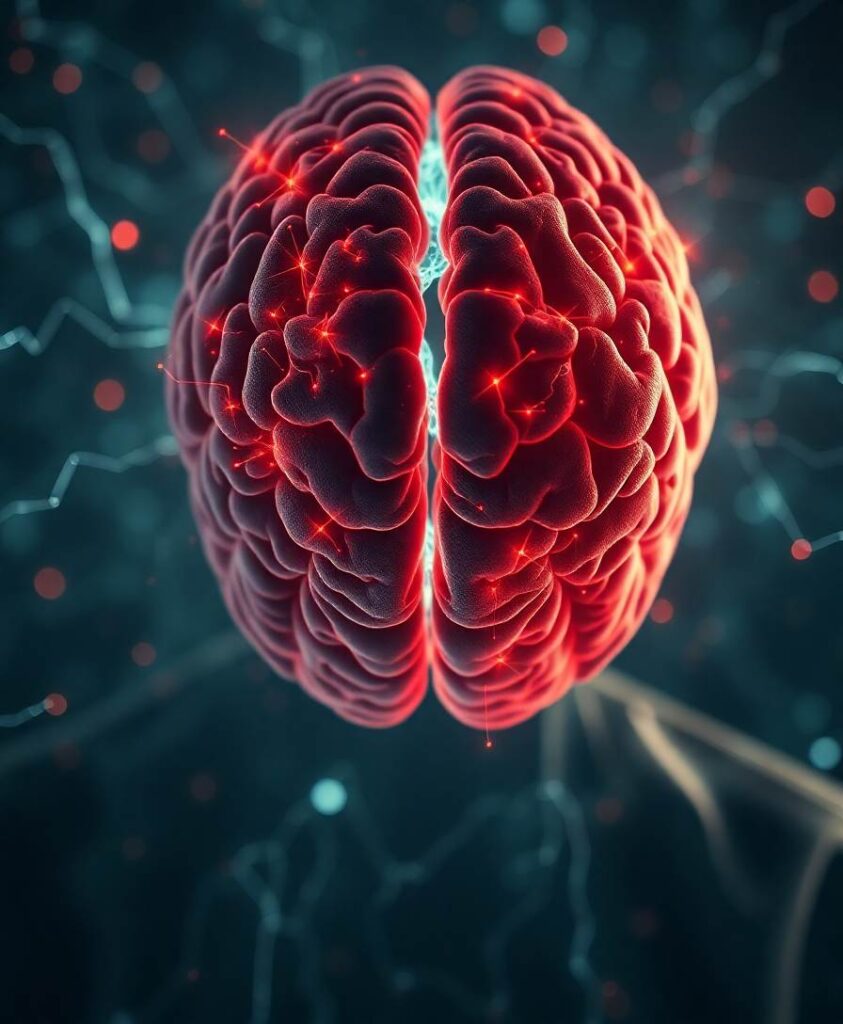ObjectivesDiffusion tensor image analysis along the perivascular space (DTI-ALPS) is a recently introduced method for the assessment of the glymphatic system without the need for contrast injection. The purpose of our study was to assess the glymphatic system in cognitively normal older adults with or without subjective cognitive decline (SCD) using DTI-ALPS, and correlating with amyloid PET.Design and participantsTo evaluate the glymphatic system in cognitively normal older adults using DTI-ALPS, we built a prospective cohort including a total of 123 objectively cognitively normal older adults with or without SCD. The ALPS index was calculated from DTI MRI and was assessed by correlating it with standardized uptake value ratios (SUVRs) from amyloid PET and clinically relevant variables. The study subjects were also divided into amyloid “positive” and “negative” groups based on the result of amyloid PET, and the ALPS indices between those two groups were compared.ResultsThe ALPS index was not significantly different between the normal and SCD groups (P = 0.897). The mean ALPS index from the amyloid positive and amyloid negative group was 1.31 and 1.35, respectively, which showed no significant difference (P = 0.308). Among the SUVRs from variable cortices, that of the paracentral cortex was negatively correlated with the ALPS index (r = −0.218, P = 0.016). Multivariate linear regression revealed that older age (coefficient, −0.007) and higher SUVR from the paracentral cortex (coefficient, −0.101) were two independent variables with a significant association with a lower ALPS index (P = 0.015 and 0.045, respectively).ConclusionDTI-ALPS may not be useful for evaluation of the glymphatic system in subjects with SCD. Older age was significantly associated with lower ALPS index. Greater amyloid deposition in the paracentral cortex was significantly associated with lower glymphatic activity in cognitively normal older adults. These results should be validated in future studies on the relationships between ALPS index and other fundamental compartments in glymphatic system, such as perivenous space and the meningeal lymphatic vessels.




